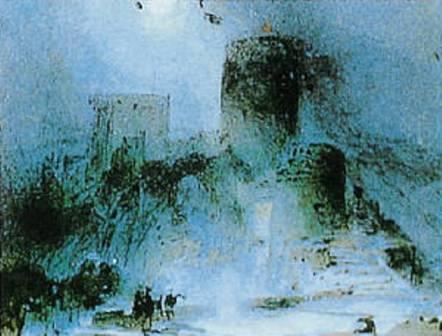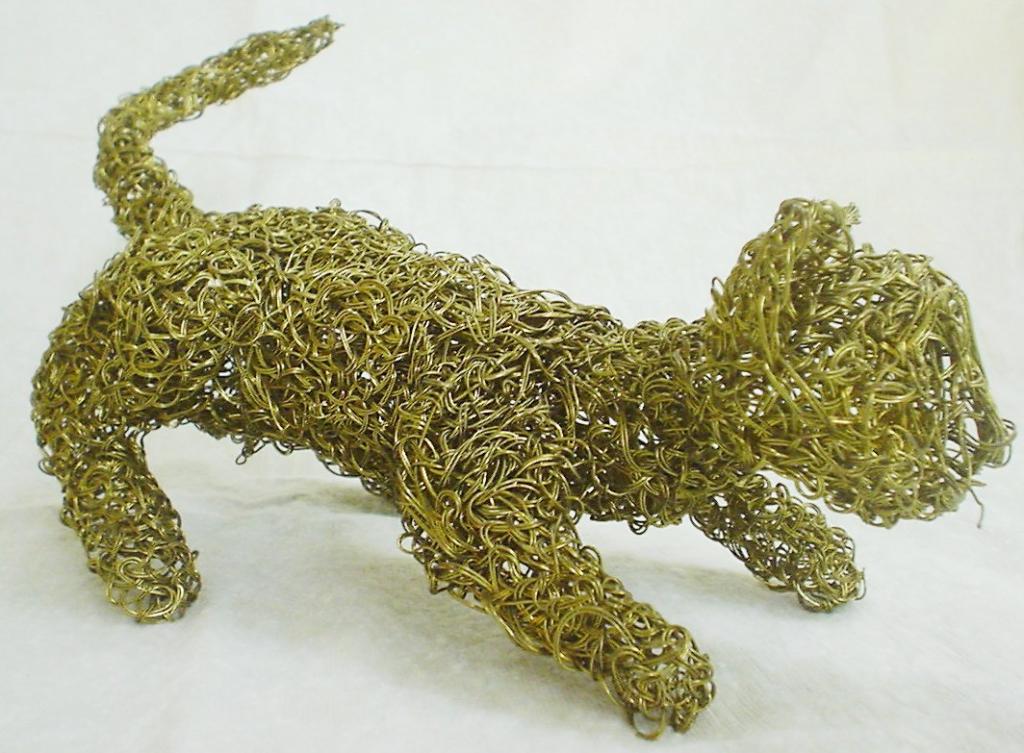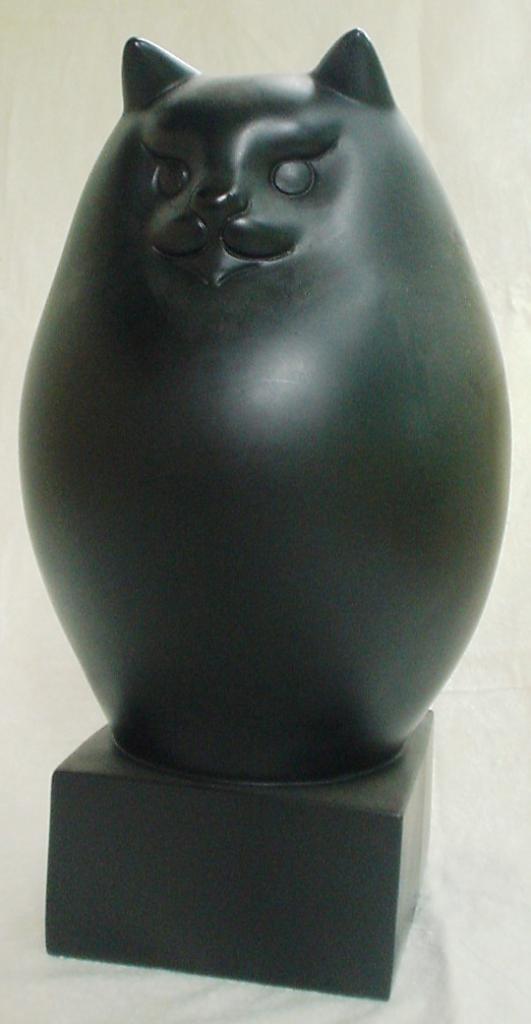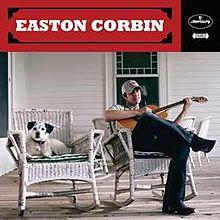Essay #1:
Brian Lewis
Hum 1020-01z
Scheafer, K
September 4, 2012
A Dark Cold Night
In William Telbin’s scene design of Shakespeare’s ‘Hamlet’, Telbin uses three unique, but brilliant techniques that give the scene a deserted and lonely type appeal. Telbin illustrates this appeal through the use of vertical and curved lines, limited colors, and values of light and darkness.
The use of vertical and curved lines being used from the crumbled castle like towers, to the decaying walls, to the rugged landscape, not only defines where the towers end and the background, such as the sky and the landscape, begins, but also gives the feel of an old abandoned type building that was never totally destroyed.
In addition, the use of color, although very vague in the scheme, brings out certain features of the painting more than others. The use of light blue brings out the radiant sky in the background because it helps the spread of light throughout the picture. The black helps to identify the trees, and the two horse drawn people at the bottom, which seem to have ridden onto the landscape by accident because they are the only people depicted in the picture.
Finally, the light and darkness of the scene in contrast, give the painting a cold and dark feeling. The bright white light centered at the top resembles the moon as it shines down and reflects a dark shadow on the landscape. The fire at the top of the building gives the hint of a person who might have been tired and cold from their journey and just needed shelter throughout the night.
By the unique use of vertical and curved lines, Telbin created a scene that depicted a place that once maybe had meaning, to a place that nobody cares about any longer. With the use of limited color, Telbin made the light blue night sky his focal point which cast a shadow onto the building and surrounding landscape, making them appear black in color, and that also provided a contrast of light and darkness. By using these techniques, Telbin gives the scene a deserted and lonely type appeal.
Word Count: 342
Essay #2
Essay #4
Brian Lewis
Hum 1020-01z
Scheafer, K
November 18, 2012
A Day in the Life of Country Music
Music is one of the most interesting pieces of art in the world. It is amazing to think how one artist can sit down in a day and create a masterpiece in music. Take Easton Corbin’s “I’m a Little More Country Than That” for instance. The song depends heavily on a melody, pitch, and tonality to bring together a wonderful and unique country sound.
The use of melody in this song is based around the idea that the singer is “A Little More Country Than That”, meaning he could do no wrong by his women. Without a melody there is no song because it is the basic idea of the song itself. In this piece melody is used as an organizational piece of how the song sounds as music, not the singing of words. An example of melody in this song would be humming along to it as Easton Corbin sings it. The humming is the actual melody.
Along with melody, pitch is another powerful piece in this song.
The pitch is steady and at a medium pace until it reaches the chorus, which is where the pitch rises to a higher level, which is normal in most songs. The pitch of this song helps to reiterate his point that he is “A Little More Country Than That” because this is where the frequencies of sound get the highest.
Finally, another major piece of this song is that of tonality. Tonality in this song consists of the use of both major and minor chords. The progression of chords are G major, A minor, C major and D major, and it is repeated throughout the whole song, starting over at the beginning of each verse. The tonality is what helps to keep this song on the right track as far as the music itself goes.
Again, the three major things that make up the song of “I’m a Little More Country Than That” from Easton Corbin are melody, which gives the song meaning and let’s you know where he is coming from, pitch, which reiterates his feelings by singing at a higher frequency, and tonality, which helps to keep the song on track.
Word Count: 362






